What is UXO?
A Complete Guide to Unexploded Ordnance and How to Manage the Risk
We assess, detect, and remove UXO-safely, expertly, and without delay
Introduction
What is UXO?
Unexploded ordnance, or UXO, may sound like a problem from the past. But every year, thousands of buried bombs, grenades and shells are discovered across construction sites, brownfield developments, coastal zones and rural land across the UK.
They lie beneath our feet: silent, unstable, and dangerous.
Whether you're a contractor breaking ground, a planner preparing a site assessment, or simply curious about our wartime legacy, this guide is your comprehensive introduction to UXO - and how to mitigate its risks.
What Does UXO Mean?
UXO stands for unexploded ordnance; some people prefer UXB (or unexploded bomb). The acronym refers to military munitions that were:
- Fired
- Dropped
- Launched
- Buried
- Dumped or otherwise deployed
…but failed to detonate and explode as intended.
Despite their age, UXO items can remain highly volatile. Disturbing them during piling, excavation, drilling, magnet fishing or even gardening can have catastrophic results.
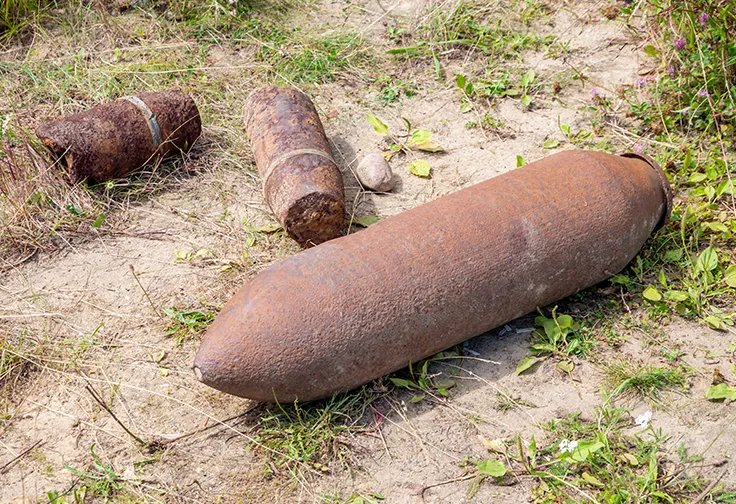
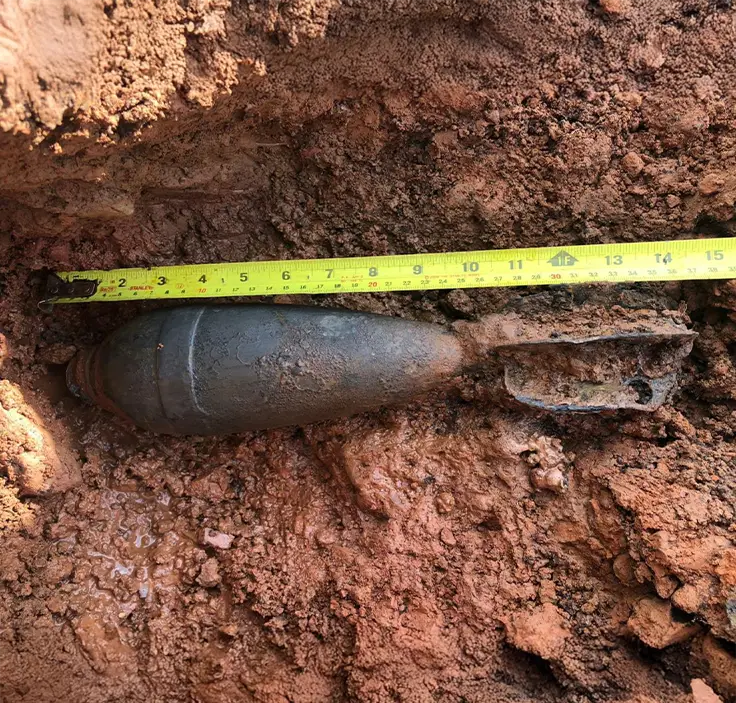
Common Types of UXO Found in the UK
UXO comes in many forms. Some of the most commonly encountered unexploded devices include:
- High explosive bombs from WWII (from 50kg – 1,000kg)
- Artillery shells and mortars
- Anti-aircraft shells
- Hand grenades
- Mines and booby traps
- Practice munitions (which may still contain charges)
Many of these items are buried just beneath the surface, and their condition deteriorates over time, making them more unstable.
Where Is UXO Found in the UK?
UXO can be found virtually anywhere, but some locations carry a higher risk due to historical activity. These include:
WWII Bombing Zones:
- Strategically important cities like London, Liverpool, Birmingham, Glasgow and Bristol
- Industrial areas, ports, and transport infrastructure
Former Military Sites:
- Training grounds, firing ranges, and munitions factories
- Coastal defences and RAF airfields
- Disposal Sites and Reclamation Areas:
- Landfills, backfilled bomb craters, and disused quarries
- Riverbeds and reclaimed land
Even rural sites, farms, and schools have seen unexpected discoveries during development.
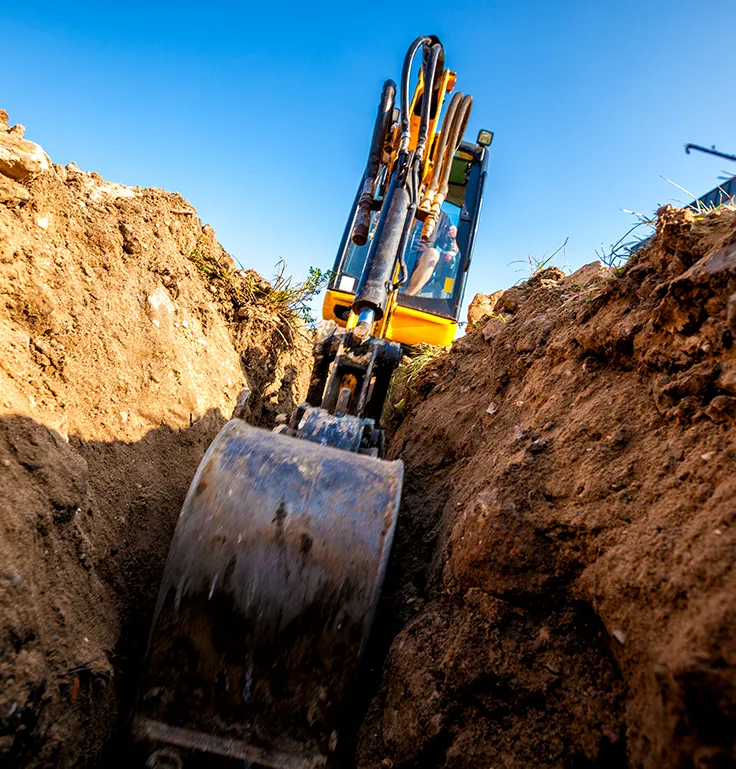
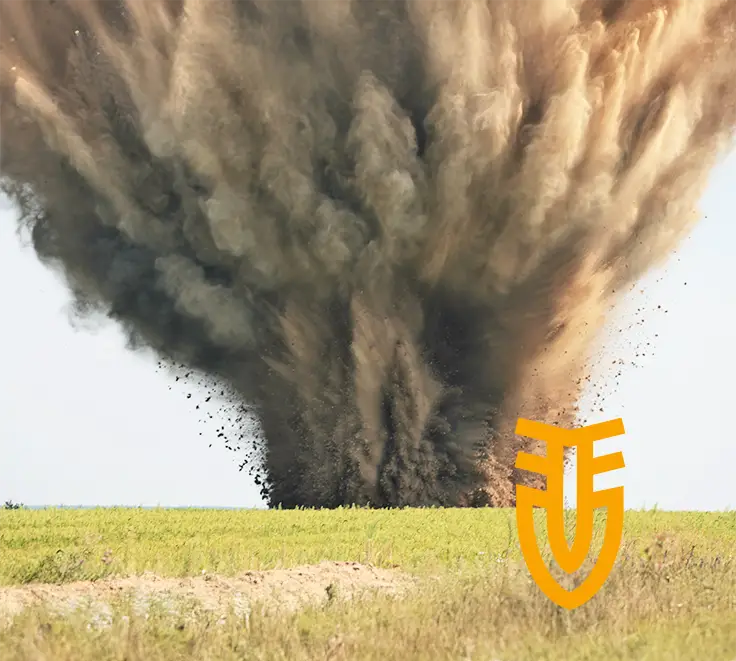
Why UXO Is Still a Risk Today
Many believe unexploded ordnance must be inert after so long underground. But that’s a myth.
UXO remains dangerous because:
- Explosive compounds may degrade, becoming more sensitive
- Fuze mechanisms may remain live
- Items may be disturbed by ground movement or construction
- Corrosion can lead to leaks and environmental harm
In recent years, major construction projects have experienced costly delays, evacuations and even military intervention due to UXO finds.
UXO and the Construction Industry
If you're involved in:
- Piling or deep excavation
- Ground investigation
- Demolition and site clearance
- Utilities installation
- New builds on brownfield land
...then UXO risk assessments are critical to health and safety compliance.
Construction and civil engineering projects must meet legal and regulatory requirements, including:
- The Construction (Design and Management) Regulations 2015 (CDM)
- The Health and Safety at Work Act 1974
- CIRIA C681 – UXO Risk Management Guide
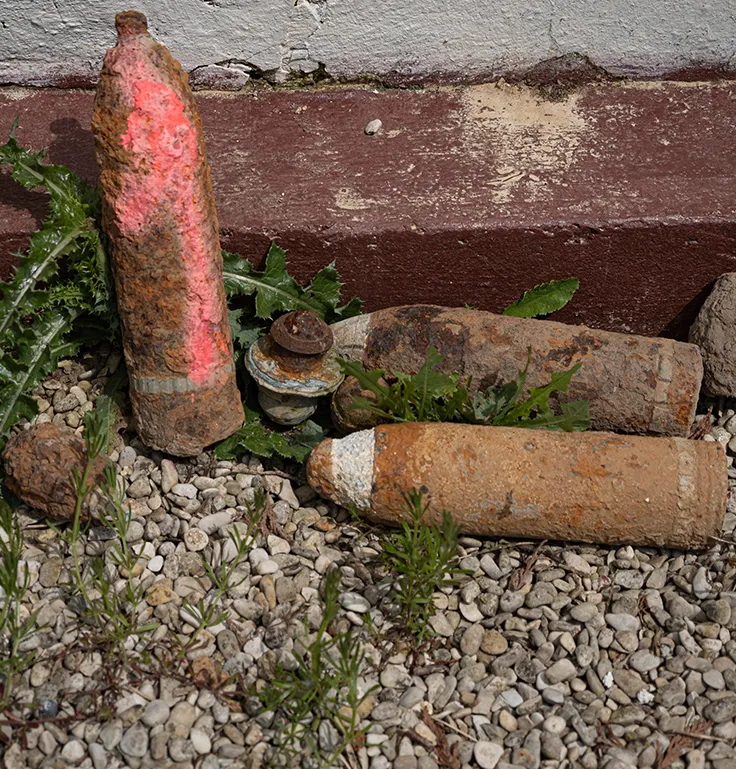
What Is UXO Risk Mitigation?
UXO risk mitigation is the process of identifying, assessing, and managing the risk of encountering unexploded ordnance on land or in water (rivers, lakes, the sea…)
The process usually involves:
1. UXO Risk Assessment
- Preliminary desktop study: historical research using bomb census maps, military archives, and aerial imagery
- Detailed risk assessment based on site activity, depth of works, and likelihood of disturbance
2. UXO Survey (Geophysical Investigation)
- Non-intrusive UXO surveys: using magnetometry or drone technology to detect anomalies
- Intrusive UXO surveys: probing the ground to investigate deeper potential targets
3. UXO Target Investigation
- Supervised excavation of magnetic anomalies
- Identification and disposal of ordnance by trained explosive ordnance disposal (EOD) teams
4. UXO Clearance and Supervision
- Standby UXO engineer during high-risk operations (a watching brief)
- Area clearance or disposal (via MoD liaison if required)
What Happens If UXO Is Found?
If suspected UXO is found on site:
- Stop all work immediately
- Evacuate the area and inform the site manager
- Contact the police (999)
- Secure the area until risk is assessed and mitigated
A safe site is a productive site - managing UXO risks early helps avoid delays, fines, and danger.
UXO Risk in the Marine Environment
UXO isn't just a land-based problem. Rivers, waterways and the seabed around the UK may be littered with explosive ordnance.
Naval mines, aerial bombs or dumped munitions can affect:
- Offshore wind farms
- Subsea cable routes
- Marine dredging
- Coastal engineering
Marine UXO risk mitigation follows similar steps to land-based mitigation: desktop risk assessment, marine geophysical survey, remotely operated vehicle (ROV) investigation and disposal. All processes are appropriate to challenging underwater conditions.
UXO vs ERW - What’s the Difference?
UXO refers to explosive munitions that have been fired or deployed but failed to detonate as intended. ERW is an acronym for explosive remnants of war and is a broader term encompassing UXO and also includes AXO (abandoned explosive ordnance), which are explosive munitions left behind by a party to a conflict, whether used or not.
You may also come across these terms:
- MEC: Munitions and Explosives of Concern
- ERW: Explosive Remnants of War
- AXO: Abandoned Explosive Ordnance
- Duds: Munitions that failed to function as intended
However, UXO and UXB are the most widely used and recognised terms in the UK construction and development sectors. You can explore our UXO glossary for more confusing acronyms!
Who Needs UXO Services?
You?
You certainly may need professional UXO support if you’re:
- A construction contractor or principal designer
- A quantity surveyor or cost consultant managing procurement
- A planning consultant or developer preparing a brownfield site
- A public sector body working on infrastructure, housing or schools
- A marine engineer planning offshore works
…and yes, even landowners, archaeologists and educators can benefit from understanding UXO risk.
UXO Risk Isn’t Just an Historical Issue: it’s a Modern One
From WWII bombs beneath London to grenades on remote moorlands, the UK’s unexploded ordnance legacy continues to affect us today.
But with expert support, cutting-edge technology and robust planning, UXO risks can be identified, mitigated, and managed - safely, efficiently and with minimal disruption.
Ready to Assess Your Site?
We’re here to help. Our expert team provides:
- Preliminary UXO Risk Assessments
- Full Site Investigations and Surveys
- UXO Supervision and Emergency Response
- Marine and Offshore UXO Risk Mitigation
Contact BACTEC today for trusted, professional advice - before you break ground.
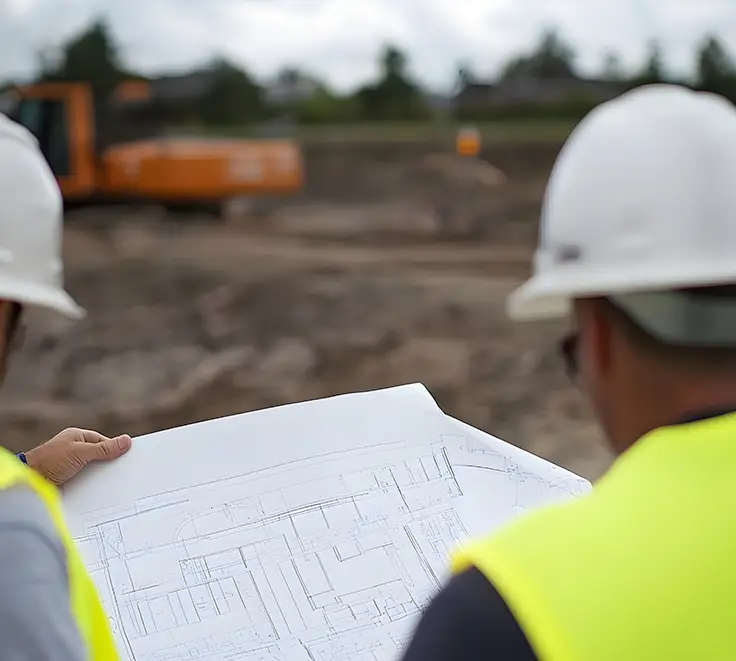
LETS MAKE YOUR SITE SAFE
Don’t let UXO risk delay your project. Engage the experts and get peace of mind from the ground up.
Book Your UXO Risk Assessment Get a Quote Download Capability Statement